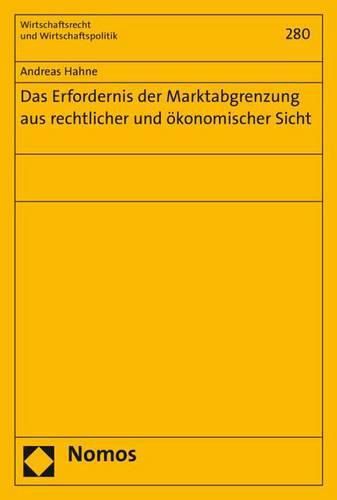Readings Newsletter
Become a Readings Member to make your shopping experience even easier.
Sign in or sign up for free!
You’re not far away from qualifying for FREE standard shipping within Australia
You’ve qualified for FREE standard shipping within Australia
The cart is loading…






Defining the relevant market is considered as an essential requirement in competition law. Market definition plays a major role in all of the three pillars of competition law (ban on cartels, prohibition of the abuse of a dominant position, merger control). However, it involves a high degree of uncertainty. The practice of authorities and courts finds itself easily exposed to the accusation of arbitrariness and vulnerability to manipulation. Hence, there is an effort to develop alternatives to market definition. Modern economic approaches should contribute to this. The interdisciplinary work examines whether market definition is legally mandatory in different jurisdictions (US, EU, Germany). It illustrates alternative methods for the competition law assessment and analyses these options. Finally, it is demonstrated under what conditions and to what extent alternative approaches to market definition are suitable in applying competition law.
$9.00 standard shipping within Australia
FREE standard shipping within Australia for orders over $100.00
Express & International shipping calculated at checkout
Defining the relevant market is considered as an essential requirement in competition law. Market definition plays a major role in all of the three pillars of competition law (ban on cartels, prohibition of the abuse of a dominant position, merger control). However, it involves a high degree of uncertainty. The practice of authorities and courts finds itself easily exposed to the accusation of arbitrariness and vulnerability to manipulation. Hence, there is an effort to develop alternatives to market definition. Modern economic approaches should contribute to this. The interdisciplinary work examines whether market definition is legally mandatory in different jurisdictions (US, EU, Germany). It illustrates alternative methods for the competition law assessment and analyses these options. Finally, it is demonstrated under what conditions and to what extent alternative approaches to market definition are suitable in applying competition law.